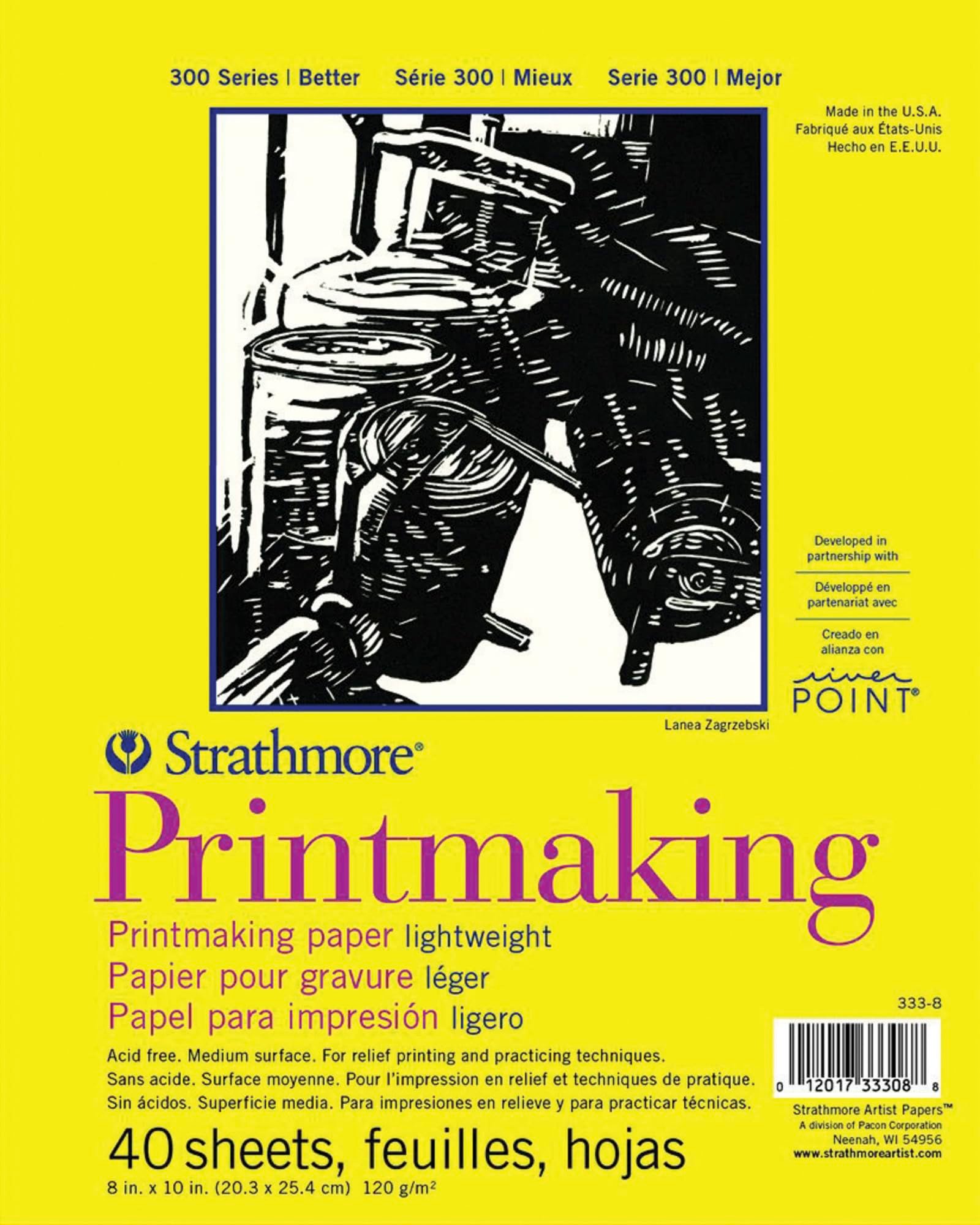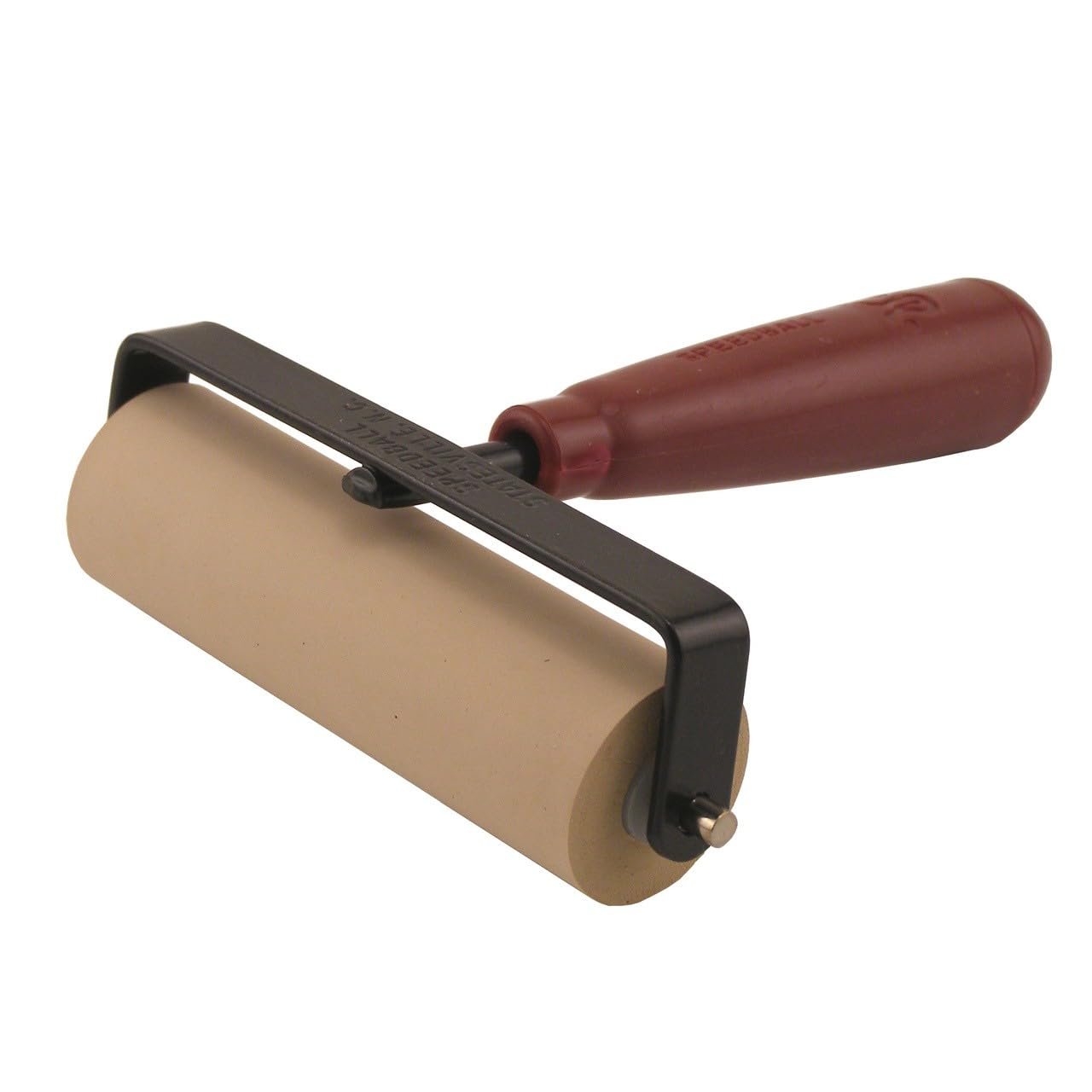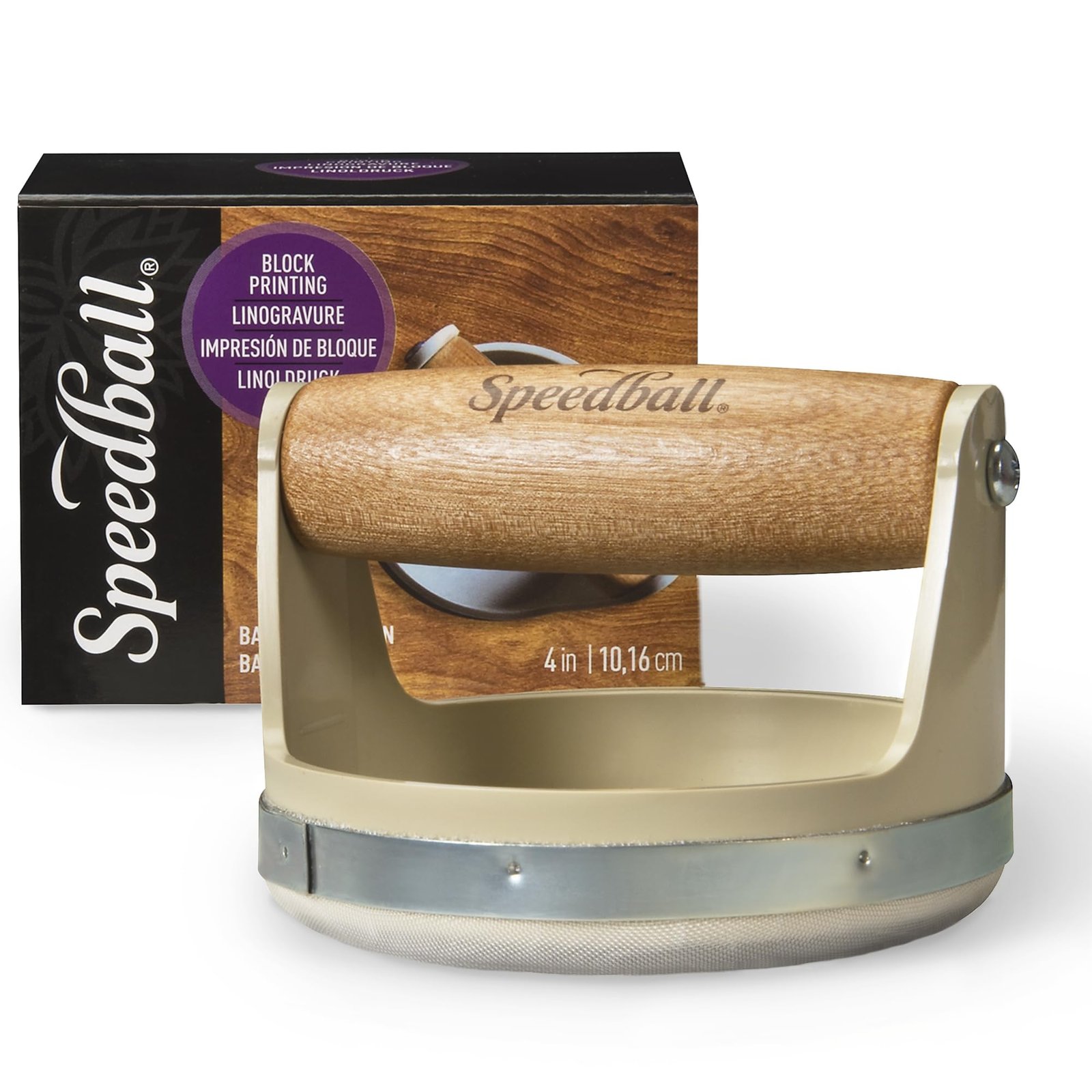Etching and printmaking are fascinating techniques that combine artistry with craftsmanship.
As a professional printmaker, I know the right tools can make a significant difference in the quality and efficiency of the work.
A good etching or printmaking press is essential, serving as the backbone of any printmaking studio, helping to transfer ink from a plate or block to paper with precision.
When I first started out, I realized the importance of choosing a press that suits my specific needs.
Factors like the size of the press, the pressure it can exert, and its build quality all impact the final product.
A good press should not only handle various materials and plate sizes but also offer enough durability to withstand daily use.
Aside from the technical specifications, ease of use and maintenance are also crucial elements to consider.
A press with user-friendly features will save time and frustration in the long run.
With so many options available, I’ve narrowed down the top four presses that stand out for their performance and craftsmanship, ensuring that they meet the demands of serious printmakers.
Best Etching and Printmaking Presses
As a printmaker, I know how essential it is to have the right tools.
I’ve rounded up a list of the best etching and printmaking presses that can elevate your artwork and make your printing process smoother.
Check them out to find the perfect fit for your studio!
Strathmore 300 Series Printmaking Paper Pad
This versatile printmaking paper is a great choice for anyone looking to enhance their artistic projects.
- Soft textured surface that promotes smooth printing.
- Excellent ink absorption for vibrant results.
- Acid-free and made from durable materials for longevity.
- May be too thin for those preferring heavier paper.
- Not suitable for all types of printmaking techniques.
- Limited to a standard size, which might not fit all needs.
I found the Strathmore 300 Series Printmaking Paper Pad to be a fantastic option for relief printing and linocuts.
The natural white paper and medium texture really make a difference when applying ink, allowing for a smooth and seamless printing experience.
I’ve heard from others that it holds a lot of ink without bleeding, which is a huge plus.
The pack contains 40 sheets, making it a cost-effective choice for both students and professionals.
Many users appreciate its durability, as it can withstand various printing techniques without ripping or crinkling.
Those looking to practice or proof their work will likely find this pad beneficial.
Although thin, it works well for most printmaking projects.
Some might prefer paper with a heavier weight, but its ease of use and affordability often outweigh this consideration.
Overall, Strathmore delivers a strong paper pad that meets the needs of many printmakers.
Speedball Deluxe Soft Rubber Brayer
This brayer is an excellent choice for anyone looking to enhance their printmaking projects.
- Comfortable, ergonomic handle for extended use
- Durable construction ensures long-lasting performance
- Versatile for both water-soluble and oil-based inks
- May feel softer than some users prefer
- Lightweight design could be a drawback for larger projects
- Limited size options available
Using the Speedball Deluxe Soft Rubber Brayer has been a game changer for my printmaking process.
The flexibility of the natural latex gum rubber allows for even ink distribution, which is a significant advantage when working with various substrates.
It handles both linoleum and woodcut materials effortlessly.
The heavy-duty steel frame contributes to its durability.
I appreciate that I can rely on this roller without worrying about it warping or bending during use.
It’s particularly satisfying to see consistent results, especially when I’m in the middle of a challenging project.
Cleaning the brayer is straightforward and convenient.
A quick wash with soap and warm water is all it takes before I can put it away, making it a hassle-free addition to my art supplies.
With its solid performance and reliable design, this brayer has earned its spot in my toolkit.
Speedball Block Printing Baren
I recommend considering the Speedball Block Printing Baren for your block printing needs due to its comfortable design and efficient ink application.
- Smooth glide for even ink distribution.
- Comfortable handle fits well in hand.
- Easy to clean after use.
- Slightly small for those with larger hands.
- Foam padding may wear over time.
- Requires proper technique for optimal results.
Using the Speedball Block Printing Baren makes the process smoother and more enjoyable.
The 4-inch diameter allows for efficient pressure distribution, ensuring that ink adheres properly to the paper.
This tool is particularly useful for those just starting in printmaking or for artists seeking to refine their technique.
The construction features a padded face that glides effortlessly across surfaces.
This means that your prints come out looking crisp and clean without the strain of manual methods.
Plus, the wooden handle provides just the right grip for extended use.
After wrapping up a project, the Speedball Baren is a breeze to clean.
This is a significant advantage if you frequently switch inks or materials.
Just a quick wipe, and you’re ready for your next creative endeavor.
Strathmore Printmaking Paper Pad
This paper pad is an excellent choice if you’re looking for high-quality printmaking paper.
- The paper has a lovely medium texture that enhances print quality.
- It absorbs ink well, making it durable for various printing techniques.
- Acid-free material ensures the longevity of your prints.
- Some users experienced packaging issues upon delivery.
- A few might find the thickness heavier than expected.
- Limited size options may not suit everyone’s needs.
Using Strathmore 400 Highweight Printmaking Paper is a dream when you’re working on relief prints.
The 8 x 10 inch size fits well for various projects, making it versatile for both personal and professional use.
I appreciate that the natural white surface not only looks great but also feels good to work with.
The texture contributes significantly to the printing process.
I like how it holds ink without bleeding, allowing for clean, precise lines.
That’s a critical aspect for achieving detail in my artwork.
Plus, with 20 sheets in a pack, there’s plenty of room to experiment without worrying about running out quickly.
Overall, for anyone serious about printmaking, this paper delivers.
It’s reliable, has great feedback from other artists, and I always have a good experience when I reach for it.
If you’re looking to elevate your art, this Strathmore pad is worth considering.
UCreate Printmaking Paper
This paper is a solid choice for anyone starting out in printmaking, offering good quality at an affordable price.
- Ideal for novice artists looking to learn printmaking
- Heavyweight and acid-free, providing a reliable surface
- Comes in a generous pack of 100 sheets for extended use
- Some users find it slightly thin for certain techniques
- A few reports of ripping with heavy pressure
- May not meet every professional’s standards for heavier papers
I’ve found that the UCreate Printmaking Paper holds up well for various printmaking techniques.
Its acid-free nature makes it great for those who want to preserve their artwork over time, plus beginners will appreciate the ease of use.
With a weight that feels substantial, it still allows for smooth inking and lifting—one reason it’s often recommended for classroom settings.
Many users have highlighted how well it takes ink without bleeding, which is essential for clean prints.
Despite its generally positive reviews, some people mentioned concerns about its lightweight nature.
Careful handling is recommended, especially when using a press.
Buying Guide
Choosing the right etching and printmaking press can make a big difference in my artwork.
Here are some key features I consider when making my decision:
Size and Space
- Press Size: Check dimensions. Will it fit in my studio?
- Bed Size: Larger beds allow for bigger prints. Consider what I plan to create.
Type of Press
- Plate Type: Decide on etching, relief, or lithography. This affects the type of pressure needed.
- Manual vs. Motorized: Manual presses require more effort, but I have better control. Motorized ones save time.
Materials and Build Quality
- Construction Materials: Look for durable materials that will last. Heavy-duty steel or cast iron are great choices.
- Adjustment Mechanisms: Easy-to-use adjustments help achieve the right pressure. This is crucial for consistent prints.
Budget
- Initial Costs: Identify how much I’m willing to spend. Quality often comes at a higher price.
- Long-Term Investment: Consider the value over time. A solid press might save money in the end.
Additional Features
- Rollers: Smooth rollers ensure even pressure. I also want them to be easy to replace.
- Safety Features: Look for built-in safety mechanisms to prevent accidents. Peace of mind while working is important.
Taking the time to evaluate these aspects helps me make an informed choice that aligns with my artistic needs.







